Prediction of the Potential Distribution of Dendroctonus armandi in China
doi: 10.16779/j.cnki.1003-5508.2015.01.018
- Received Date: 2014-10-27
-
Key words:
- Dendroctonus armandi /
- MaxEnt /
- Suitability analysis /
- Environmental factors
Abstract: Dendroctonus armandi is a destructive insect of Pinus armandi, and causes a serious economic loss to the forest industry in China every year. Determination of the potential geographical distribution of Dendroctonus armandi is an important factor for effectively controlling the spreading of this pest. In this study, niche model MaxEnt and Divagis were applied to analyze ande predict the suitable distribution area of Dendroctonus armandi, ROC was used to evaluate the prediction model and the prediction results, and Jackknife analysis was made on the most important environmental factors affecting the occurrence of Dendroctonus armandi. The results showed that Dendroctonus armandi had a concentrated distribution area in China, and the pest was mainly distributed in the southern part of Shanxi province, the northeasten of Sichuan province and the sotheasten of Gansu province, and the most important environmental factors affecting the occurrence of Dendroctonus armandi was the mean temperature of the driest quarter. As the global climate changes, the potential distribution range of Dendroctonus armandi will vary according to different emission scenarios. With greenhouse gases under the A1b emissions scenario, by the year 2050, the high-risk areas will not change significantly, the medium-risk areas will transfer to other places; while under A2a and B2a emission scenarios, the potential distribution of Dendroctonus armandi will have a tendency to expand in Sichuan and Hubei provinces, but the medium-risk areas will not change significantly.






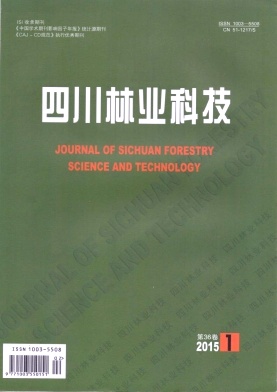




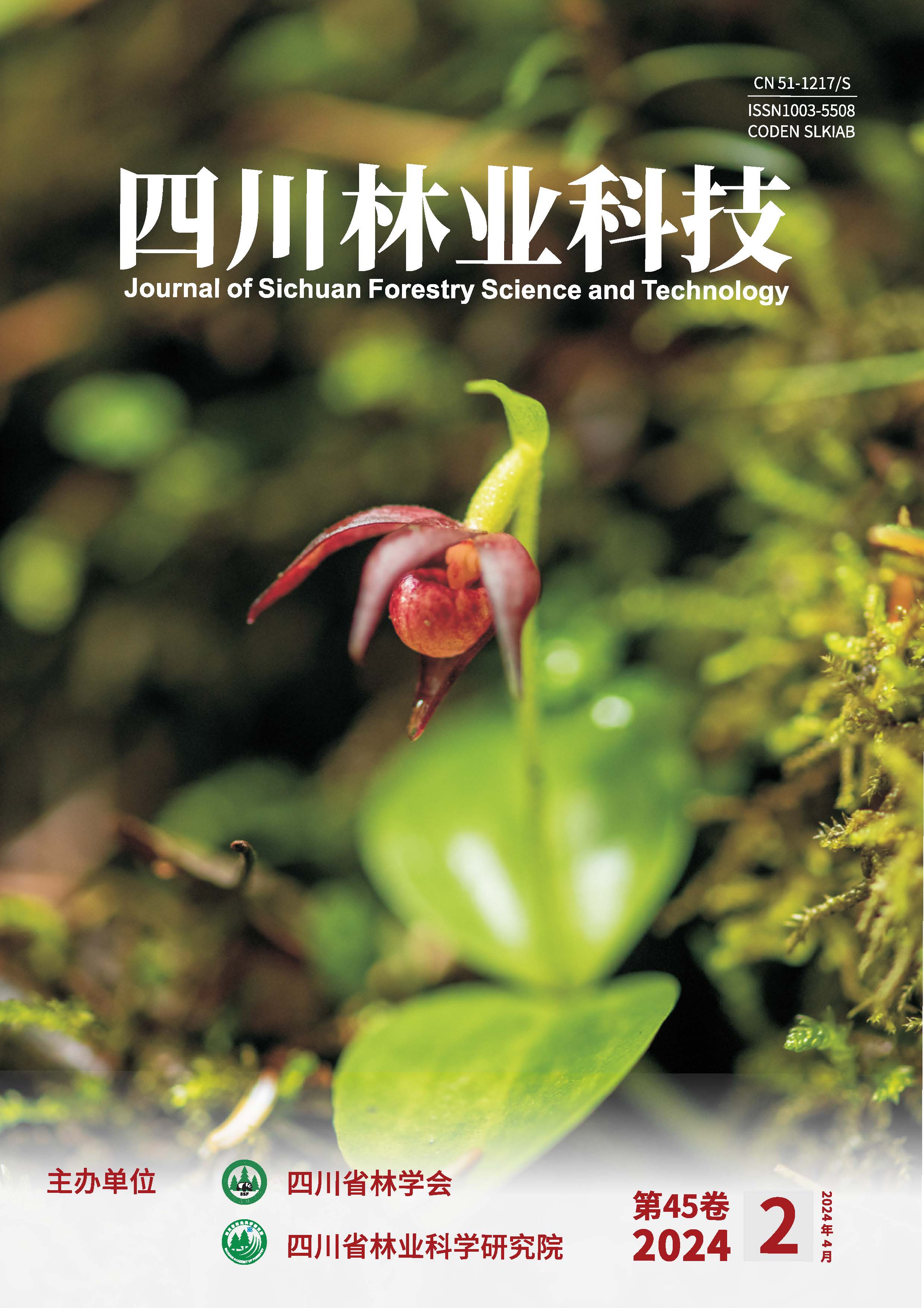
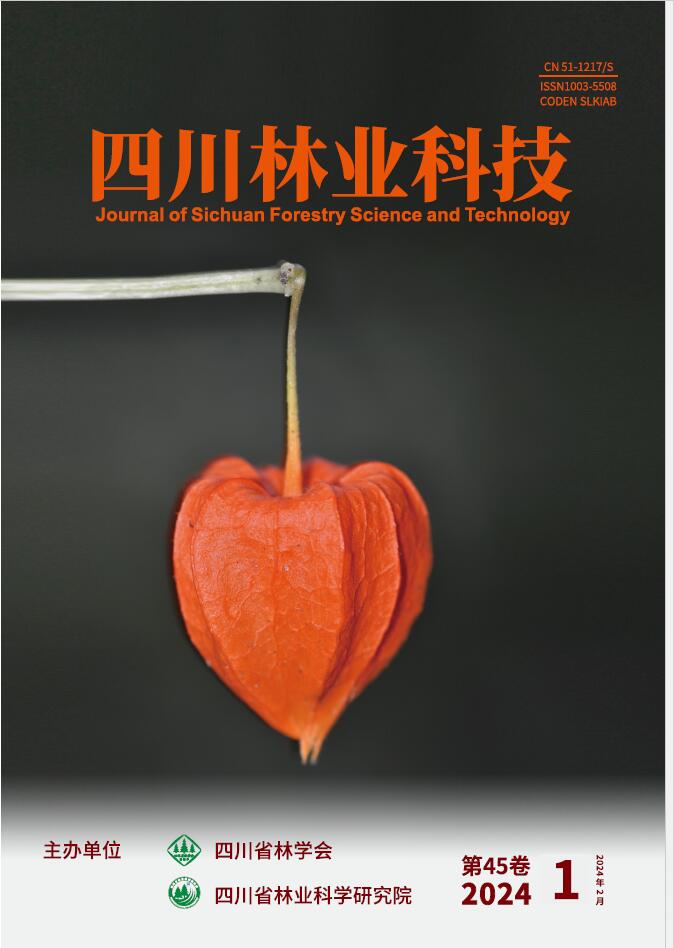
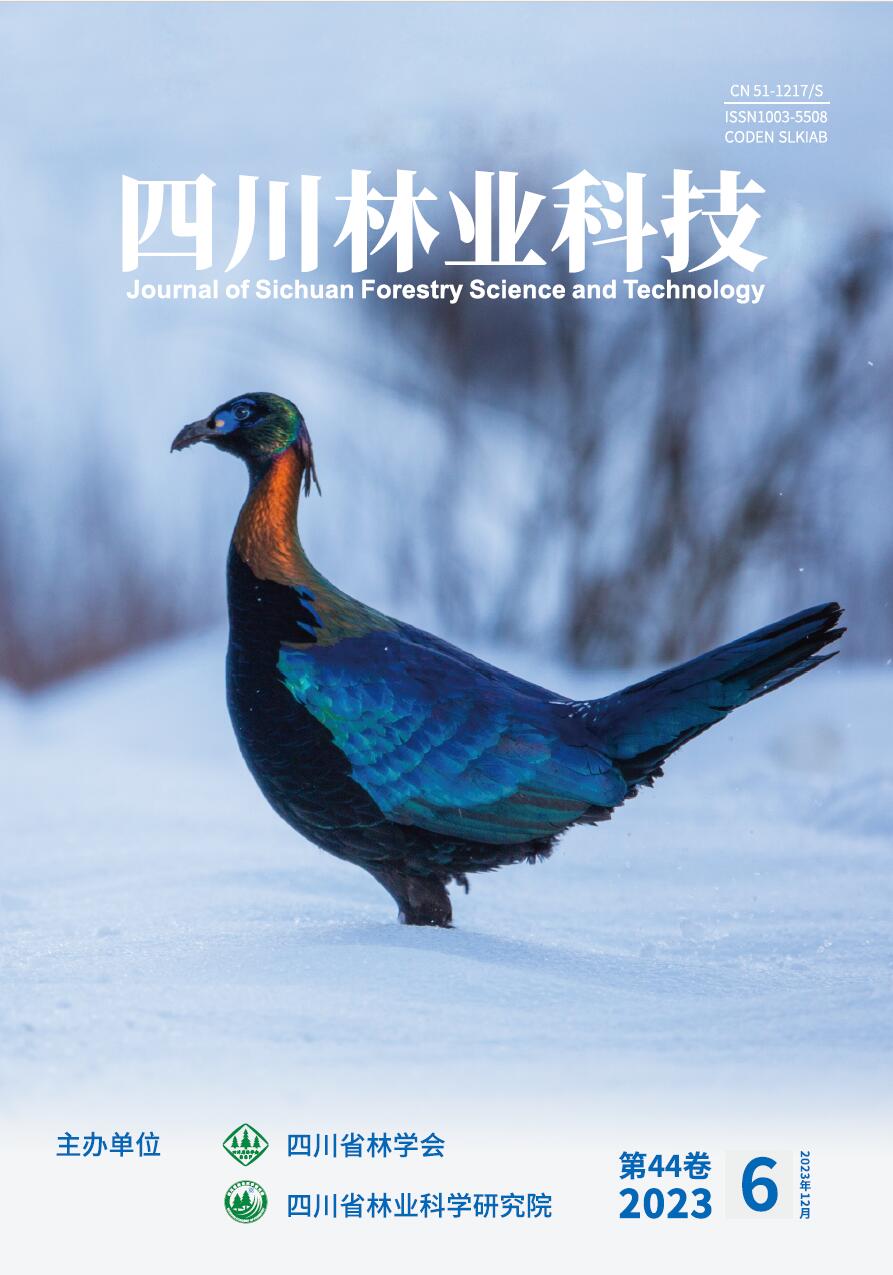
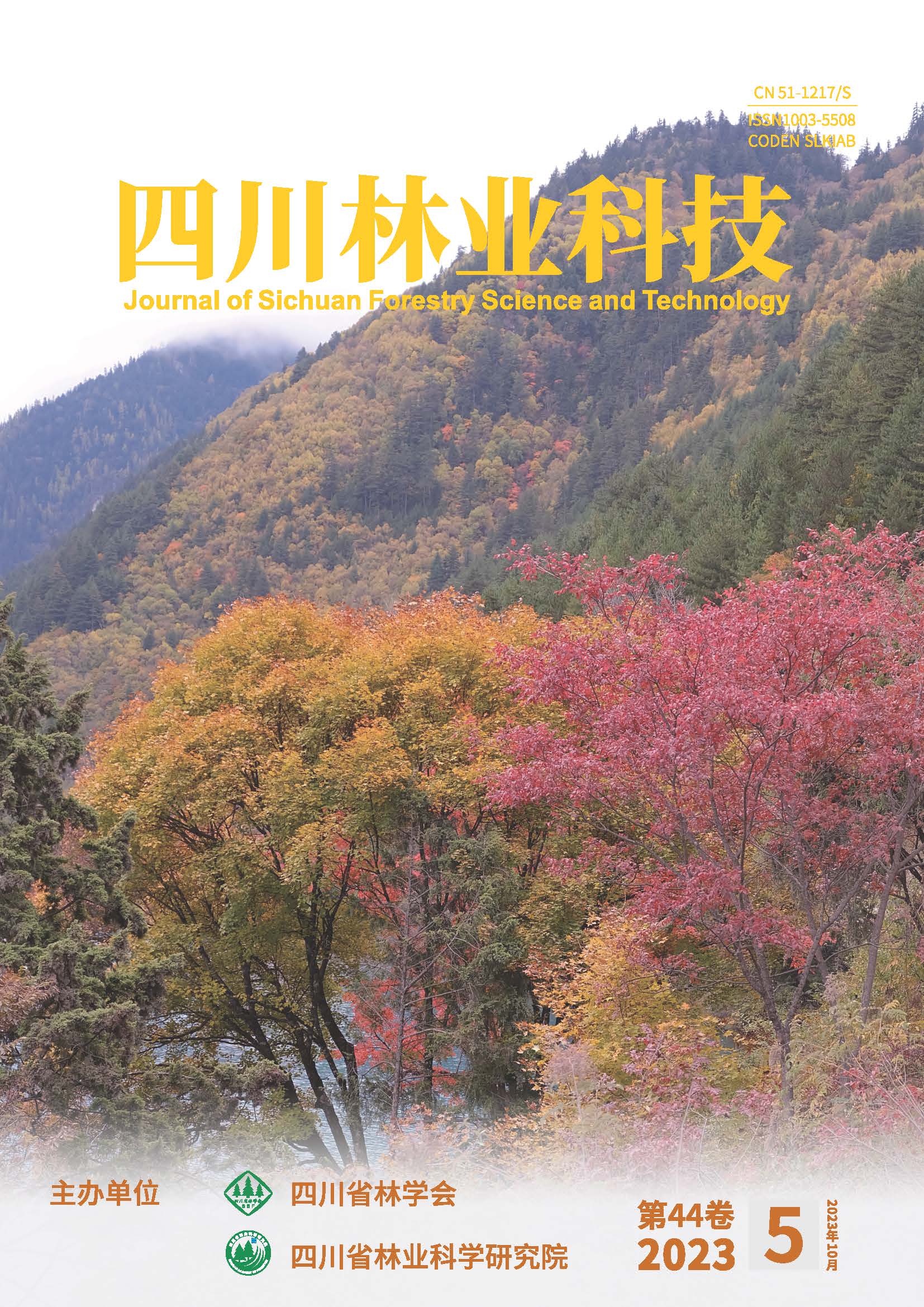
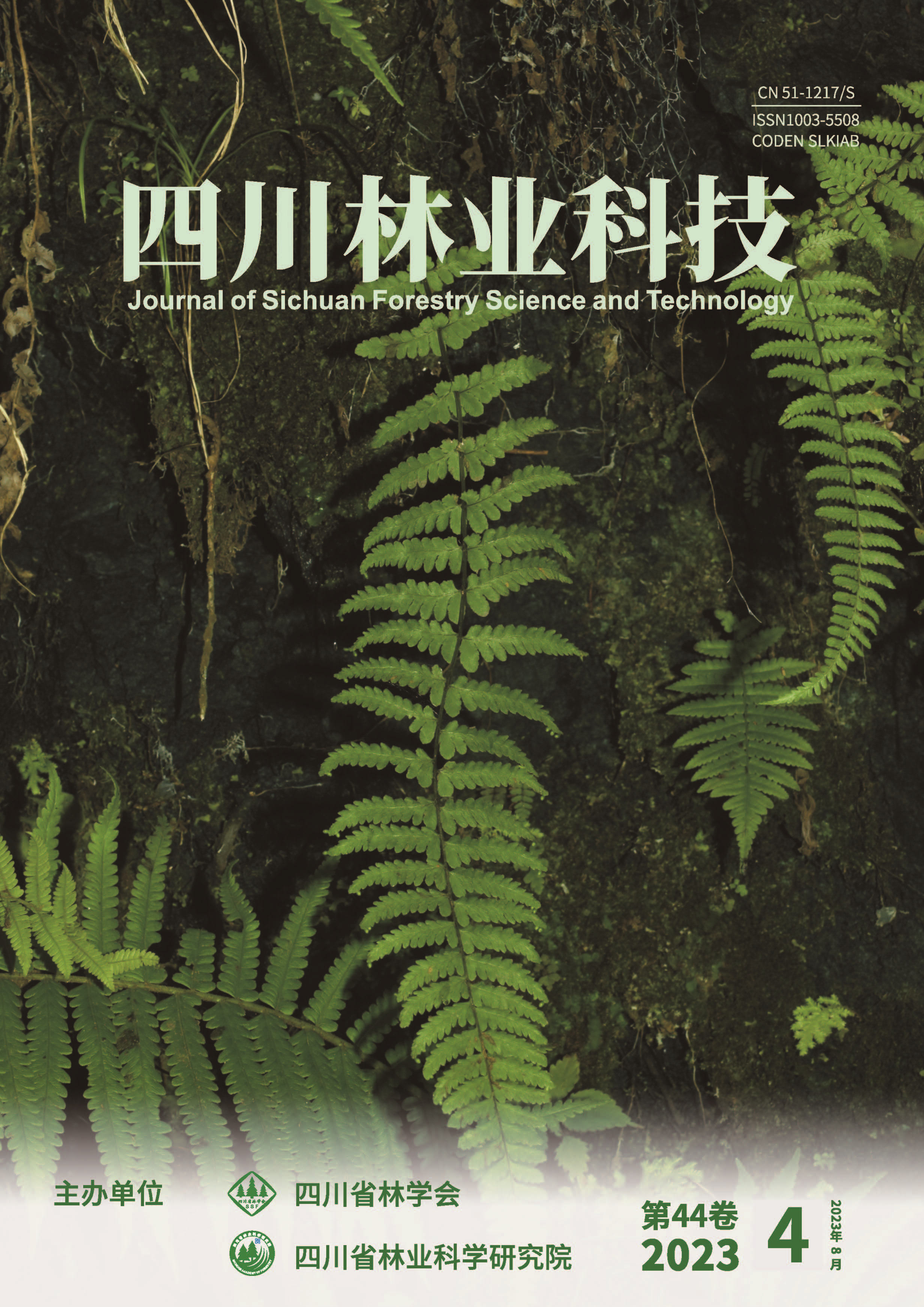
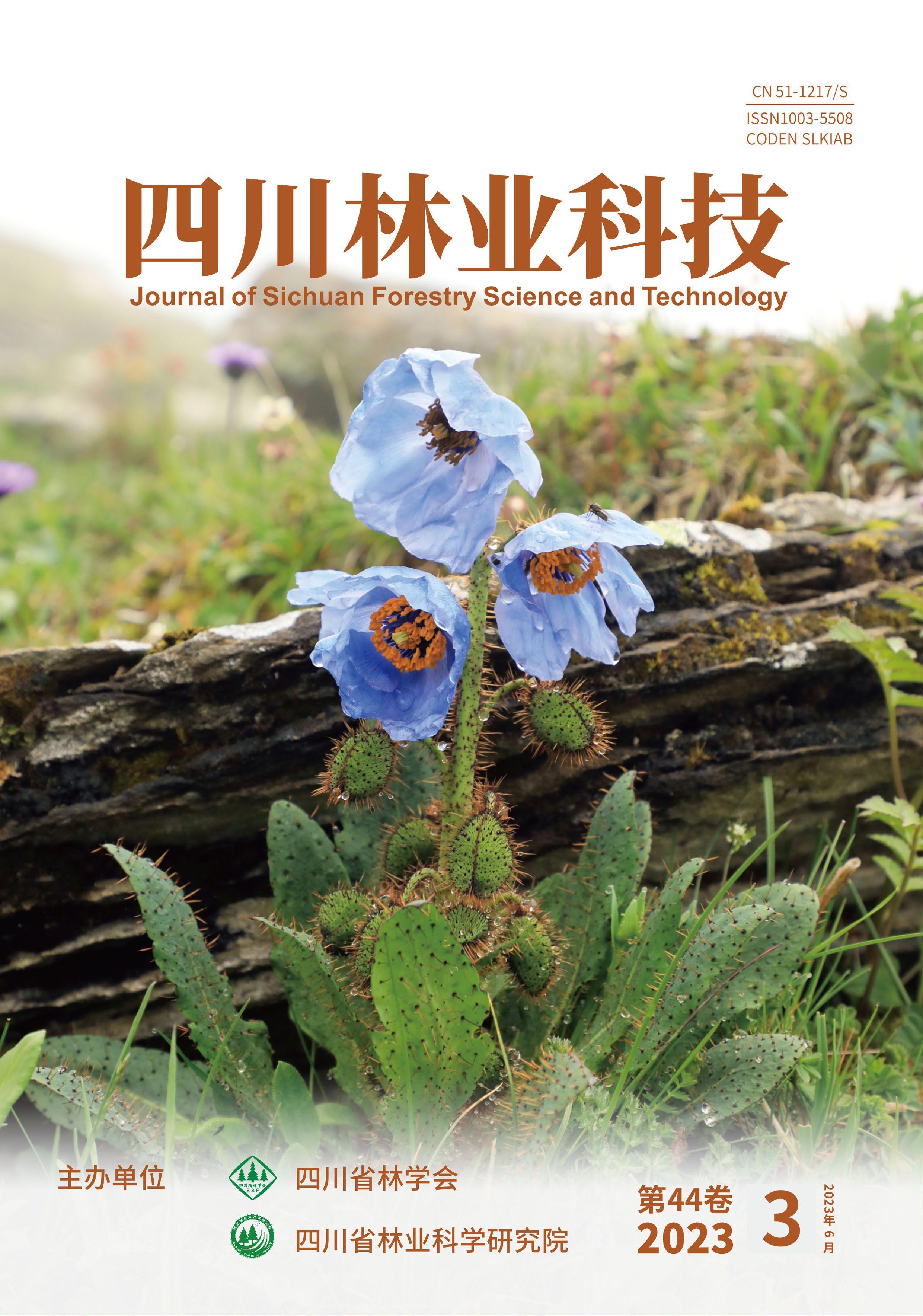
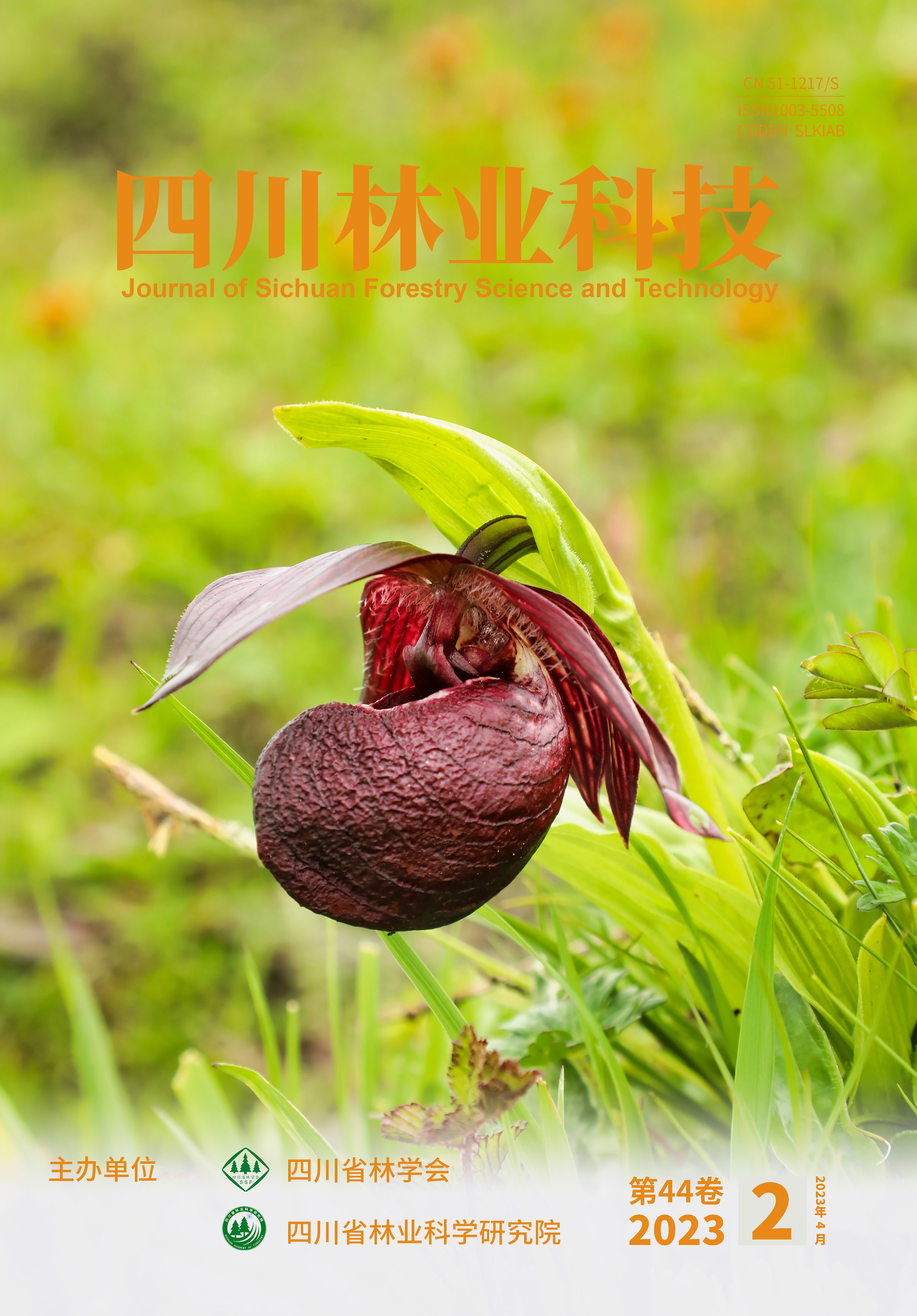
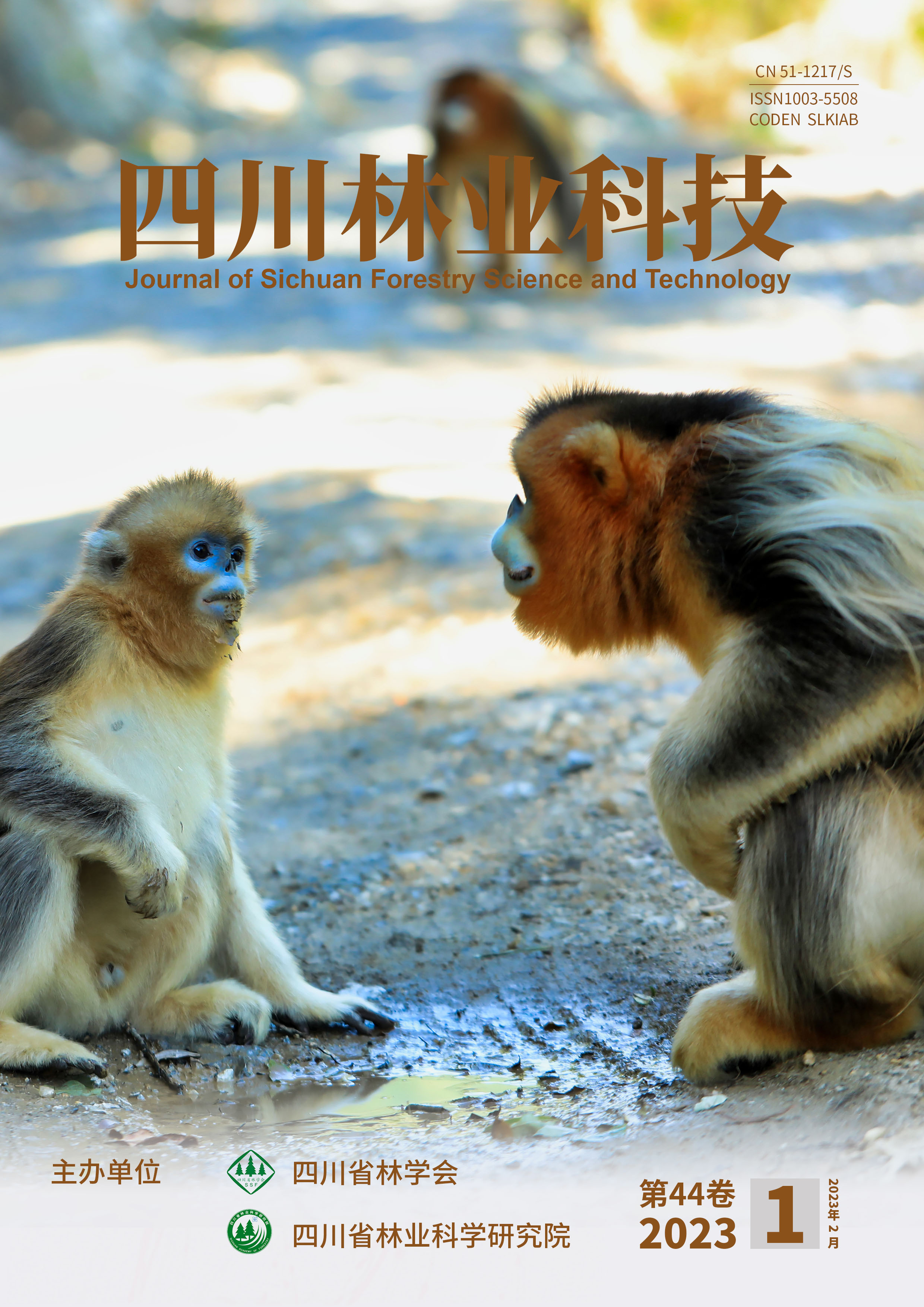


 DownLoad:
DownLoad: